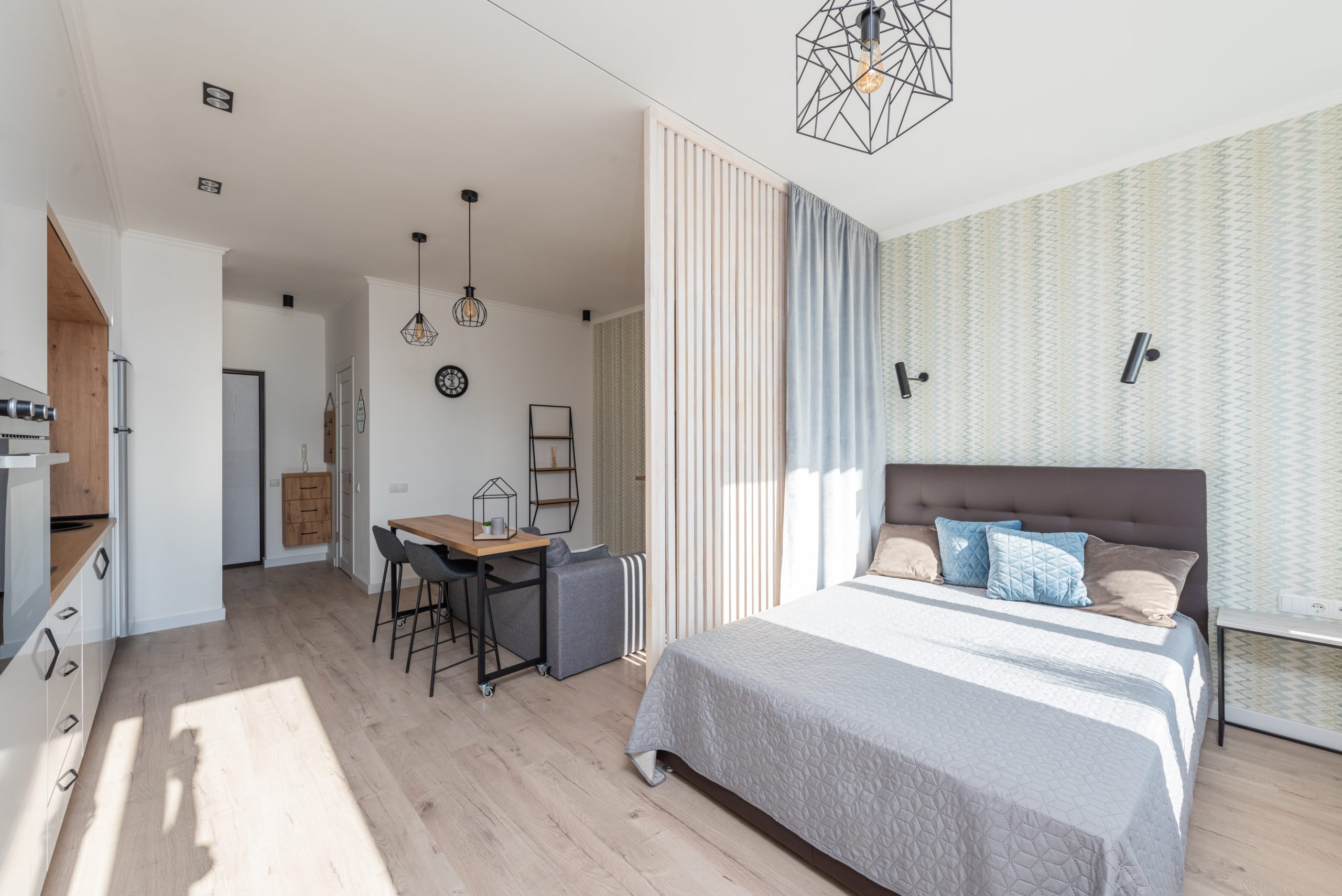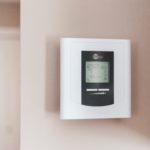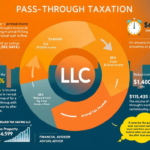As you prepare a vacant rental unit for new tenants, you might want to make low-cost upgrades for rental properties. Simple changes can attract better candidates. You will have to leverage the benefits of those upgrades against the costs associated with making them.
While undertaking a large renovation is costly and should be done rarely, there are simple things you can do on a tighter budget.
Low-Cost Upgrades for Rental Properties Start with Fresh Paint
As a matter of policy, you should give every vacant unit a fresh coat of paint. Even the best previous tenant will have scuffed the baseboards or left holes in the walls. Fill holes and cracks with spackle before adding new paint to the walls and trim throughout the rental unit. The unit will look more welcoming and appear well maintained.
You can also update the exterior and common areas of the property. Adding a new coat of paint to exterior trim, mailboxes, and railings will give the property a more appealing look. People who regularly pass by will notice that you take good care of your property, and they will think of you when they’re looking for their next home.
Change Light Fixtures to Create a Theme
As well as being great low-cost upgrades for rental properties, changing the lighting fixtures in a rental unit can be a transformative change.
While you can get inexpensive fixtures at most hardware stores, take your search to local shop owners. For example, antique stores and flea markets are great places to discover rare and unique fixtures at a discounted cost.
While you’re changing the lighting fixtures, consider investing in new bulbs. Your new tenants might not notice that you have switched to LED bulbs right away, but they will appreciate the upgrade in time. LED bulbs won’t burn as hot or use as much energy, leading to lower electric bills for your tenants.
Switch to LVP Flooring for Easier Care
If you’re interested in getting rid of carpeting or replacing vinyl tiles, consider switching to LVP (luxury vinyl plank) flooring. This type of flooring is cheaper to install and closely resembles real wood. It’s also designed to retain heat, helping to lower those wintertime energy costs.
LVP flooring is also more durable than softer types of flooring. This means you can trust that it will last for years before it will have to be replaced. Once installed, the occasional sweeping is all this flooring will need.
Invest in Smart Technology
Installing smart technology can benefit you and help your tenants keep their utility costs low. For instance, installing a smart thermostat will give your tenants more precise control over the HVAC system’s energy usage. As a result, the system will be used less frequently, extending the life of the heating and cooling system.
You can also install smart locks to offer your tenants better protection. Smart locks give the user more accurate control over who can enter a rental unit. This helps your tenant protect their belongings yet ensures that they can get package deliveries when they aren’t home.
Boost the Curb Appeal
Even after you give the exterior trim a fresh coat of paint, you can do more to increase the curb appeal of your rental property. Hire landscapers to keep your lawn trimmed and your flower gardens healthy. You may also need an arborist to trim and prune your trees.
One of the best low-cost upgrades for rental properties that you can make is to update your walkways, driveways, and parking lots. Once per year, you should have cracks repaired and broken segments replaced. This will save you money in the long run and help you create a more beautiful appearance for your property.
Update the Kitchen and Bathroom
The kitchen and bath are areas that undergo the greatest amount of wear and tear. You might need to replace a stained splash guard behind the range top. Cabinet doors that have become bloated from exposure to moisture may also need to be replaced. Check for loose tiles and use an adhesive to secure them back in place.
If you’re looking for more ideas for low-cost upgrades for rental properties, use the internet as a resource. You can follow tech blogs or network with other property owners. In addition to getting ideas for your own rental properties, you’ll expand your network and learn about new real estate investment opportunities.











